
Three Coins in the Fountain – 1954
Well, I have to start off this review by noting that the film was misnamed. It should have been titled Two Coins in the Fountain. Either that or Rome: a Travelogue. I liked the film and its romance, despite the shallow nature of the plot. I’ll explain.
The plot follows the romantic adventures of three American women working in Rome, Italy. Newly arrived Maria, played by Maggie McNamara, has been hired to work as an executive secretary at the United States Distribution Agency. She is replacing Anita, played by Jean Peters. Maria moves in with Anita and her older roommate, Miss Frances, played by Dorothy McGuire, personal secretary to a famous author.
The women stop at the famous Trevi Fountain and they make wishes as they throw coins into the fountain… well, two of them do, at any rate. Anita, who is moving back to America to get married, declines to make a wish, saying that hers is already coming true. This is, we learn, a lie, but it doesn’t matter. Her true wish, like those of her compatriots, comes true in unexpected ways by the film’s end.
As you might guess, they each find love and happiness, though neither comes easily. Maria goes on an aggressive man-hunt and sets her sights on playboy prince Dino de Cessi, Played by Louis Jourdan. Anita falls for her handsome co-worker who dreams of becoming a lawyer, Giorgio, played by Rossano Brazzi. And Miss Frances has long been carrying a torch for her employer, author, John Shadwell, played by Clifton Webb.
And there you have the players. They each did a good job, though I have to credit McGuire and Brazzi as stand-outs in their acting abilities. Webb was good, but he didn’t seem to stretch himself as an actor, compared to other similar roles I have seen him play. Jourdan was the worst of the lot. His acting seemed more forced or contrived than the others.
But the acting and the plot all took a back seat to the film’s real star, the cinematographer. Milton Krasner took home the Oscar for best Cinematography, Color. The scenic shots of Rome with a small sequence filmed in Venice sometimes took over the story – literally. The Venice section is a perfect example to illustrate my point. When Prince de Cessi flies Maria and Miss Frances to Venice for the day, the plot stops dead in its tracks and makes way for a five or six minute tour of the Canals, the architecture, and the grandeur of the famous city.
In fact, the entire movie opens with an uncredited Frank Sinatra singing the popular song that shares its name with the film’s title. The three minute song is beautifully sung while we are shown nothing but random images of various fountains in Rome. When the song is done, the opening credits begin to appear on the screen.
The plot was slightly shallow and, at some points, predictable, but it was actually harmless enough. So often in Hollywood films, characters are allowed to do whatever is necessary to serve the plot without regard for plausible consequences. For example, when the office policy of the United States Distribution Agency says that women are not allowed to date any of the locals, any disregard for the policy should be met with proper disciplinary action. In fact, Georgio is fired without any recommendation. Having no job, he is poor and has no money with which to support a marriage with Anita. When Maria’s scheme to ensnare the Prince into marriage is ended and she tells him of her lies, he actually leaves her. Consequences.
But all is saved by Mr. Shadwell. He not only decides that he is in love with Miss Frances, after all, he convinces Prince de Cessi that Maria truly loves him, despite her deceits, and convinces the Distribution Agency to give Georgio his job back, allowing him to afford to marry Anita. Only one scene seemed to be missing. The scene showing Mr. Shadwell saving Anita’s romance was included, but the scene in which he saves Georgio’s career is not. I would have liked a cleverly written scene covering that.
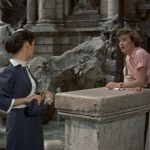
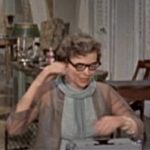
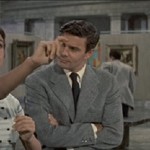
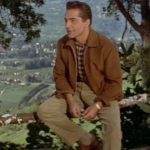
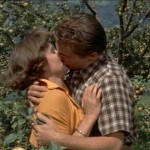
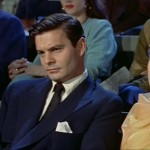


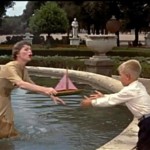
Great article on the movie. I agree whole heartedly with your comments, particularly as to the cinematography and missing scene that I was looking for also. I look forward to reading your other efforts. Thank you.